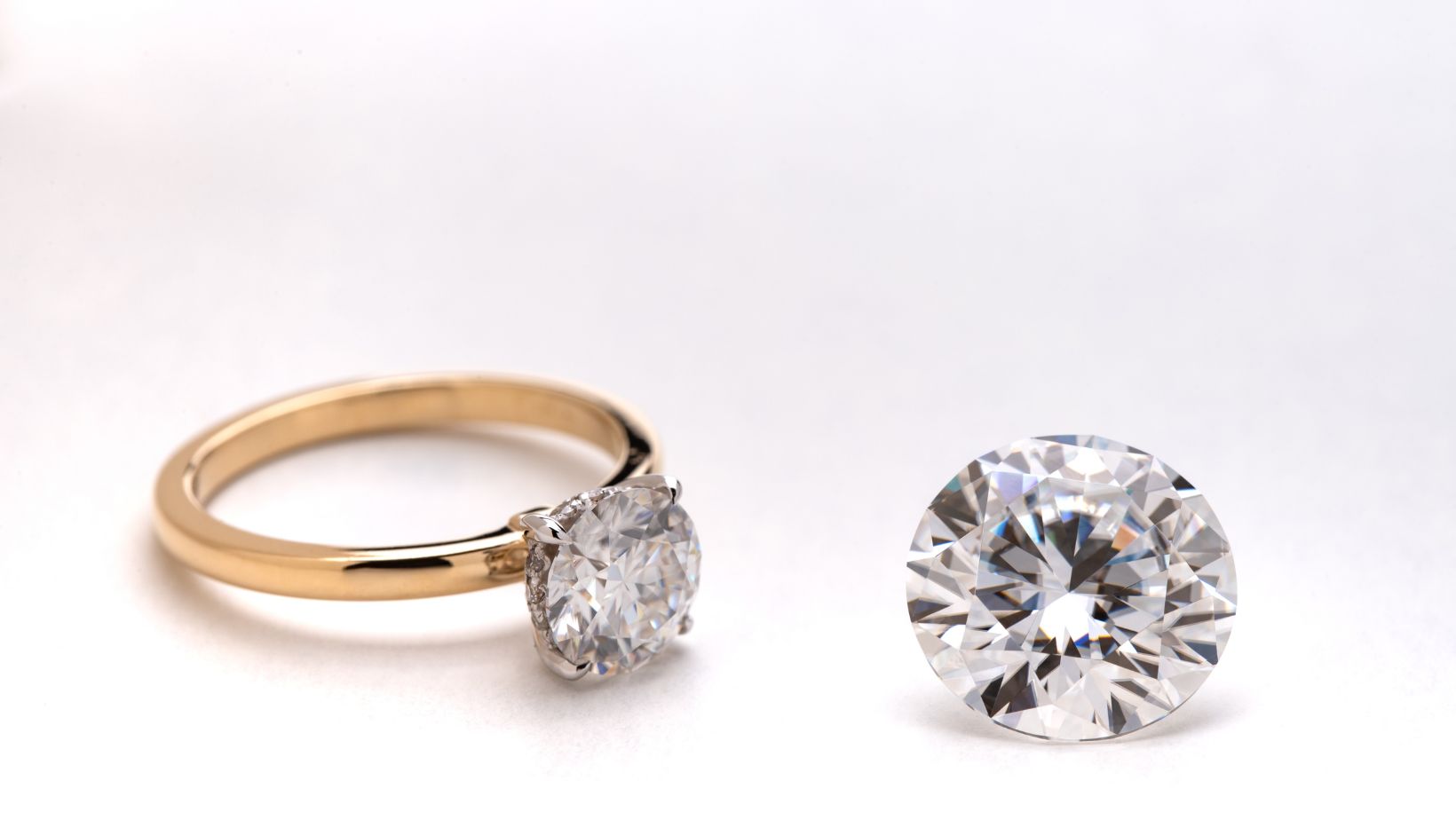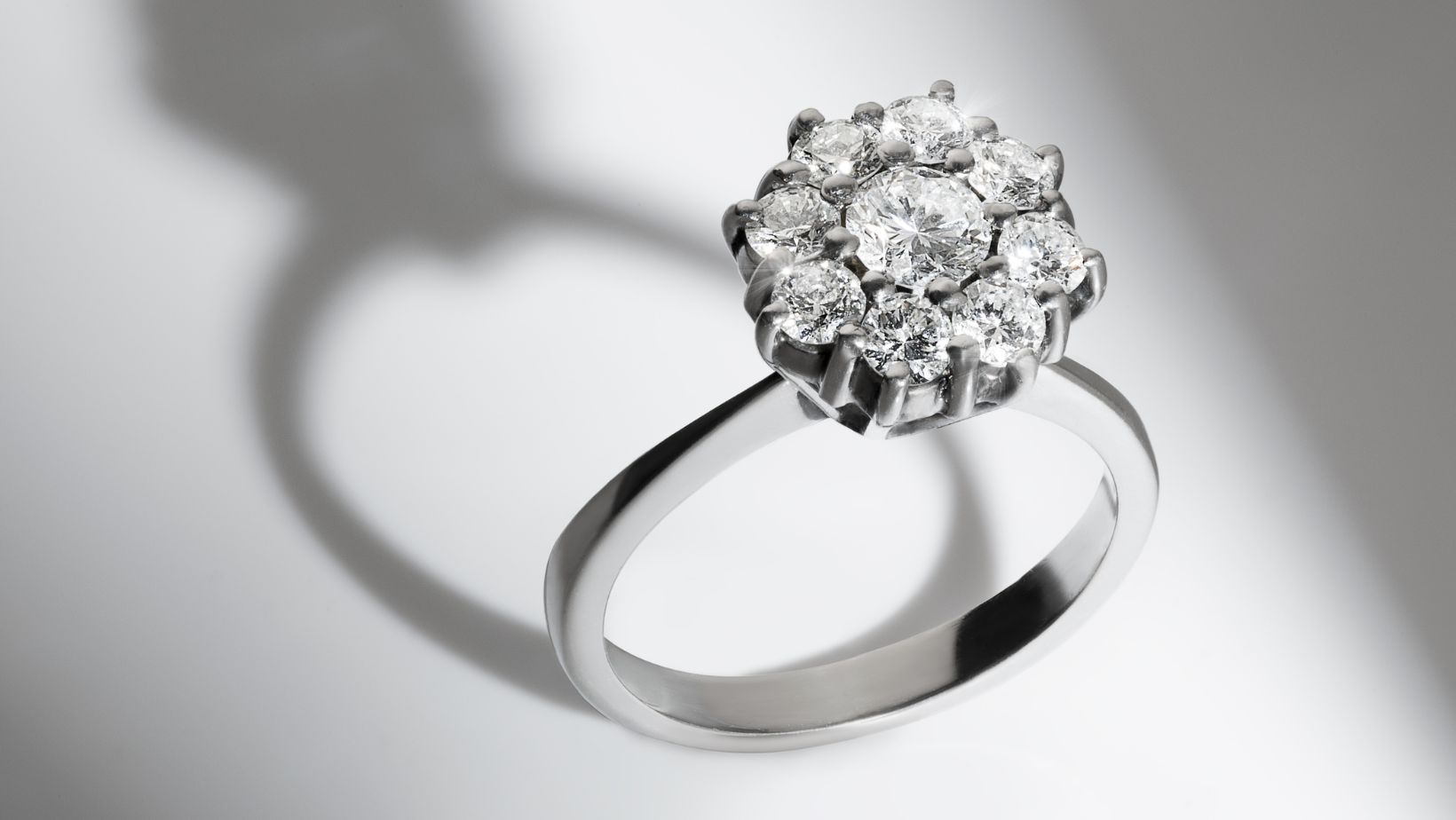
When it comes to purchasing a diamond ring, whether for an engagement, anniversary, or any special occasion, one of the primary considerations is often the cost. Traditionally, mined diamonds have dominated the market, but with the emergence of lab-grown diamonds as a viable alternative, consumers are now presented with more choices than ever before. In this article, we’ll explore how the cost of a lab-grow diamond 4 carat ring compares to mined diamonds, examining factors such as price transparency, market trends, and long-term value.
Lab-grown diamonds are created through a process that simulates the natural conditions under which diamonds form in the Earth’s mantle. This process typically involves subjecting a tiny diamond seed to high pressure and temperature in a controlled environment, allowing carbon atoms to crystallize and form a larger diamond over time. The result is a diamond that is chemically, physically, and optically identical to mined diamonds but with one key difference – its origin.
Cost Considerations
When comparing the cost of lab-grown 4 carat diamond rings to mined diamonds, several factors come into play. Price transparency is a significant advantage of lab-grown diamonds, with straightforward pricing based on production costs. Market trends show a growing demand for lab-grown diamonds, contributing to narrowing price gaps. However, the long-term value of lab-grown diamonds remains uncertain, subject to market acceptance and technological advancements.

Ultimately, the cost comparison depends on individual preferences, budget constraints, and ethical considerations.
Price Transparency
One of the significant advantages of lab-grown diamonds is price transparency. Unlike mined diamonds, where pricing can be influenced by factors such as mining regulations, labor costs, and market monopolies, the cost of lab-grown diamonds is more straightforward. Lab-grown diamonds are produced in controlled laboratory settings, allowing manufacturers to accurately determine production costs and set prices accordingly.
Market Trends
In recent years, the demand for lab-grown diamonds has been steadily increasing, driven by growing consumer awareness of ethical and environmental issues associated with traditional diamond mining. As a result, manufacturers have invested in scaling up production and improving technology, leading to more efficient processes and lower production costs. This trend has contributed to a decline in the price gap between lab-grown and mined diamonds, making lab-grown options more accessible to a wider range of consumers.
Long-Term Value
While lab-grown diamonds may offer upfront cost savings compared to mined diamonds, their long-term value is a subject of debate. Proponents argue that lab-grown diamonds hold their value over time, just like mined diamonds, and can even appreciate in value as technology improves and consumer demand grows.

However, skeptics point to the relatively short history of lab-grown diamonds and the uncertainty surrounding their resale value in the secondary market.
Comparative Pricing
To provide a concrete comparison, let’s consider the cost of a 4 carat lab-grown diamond ring versus a mined diamond ring of similar quality. As of [current year], the average retail price of a 4 carat lab-grown diamond ring with excellent cut, color, and clarity grades ranges from [price range], while a comparable mined diamond ring typically commands a higher price, ranging from [price range].
Conclusion
The cost of a lab-grown 4 carat diamond ring compared to mined diamonds is influenced by factors such as price transparency, market trends, and long-term value. While lab-grown diamonds offer upfront cost savings and price transparency, the long-term value proposition remains a subject of debate. As technology continues to evolve and consumer preferences evolve, the price gap between lab-grown and mined diamonds may continue to narrow, making lab-grown options increasingly competitive in the diamond market.





